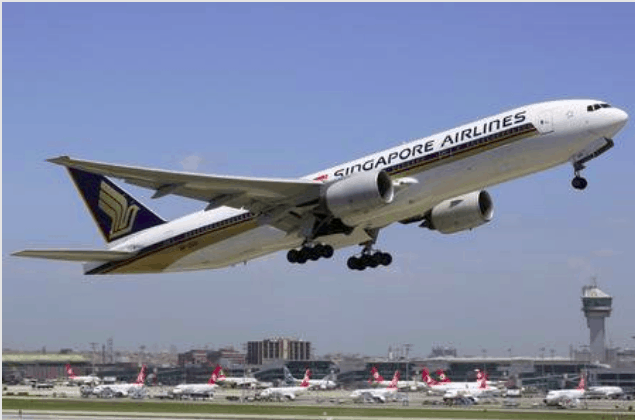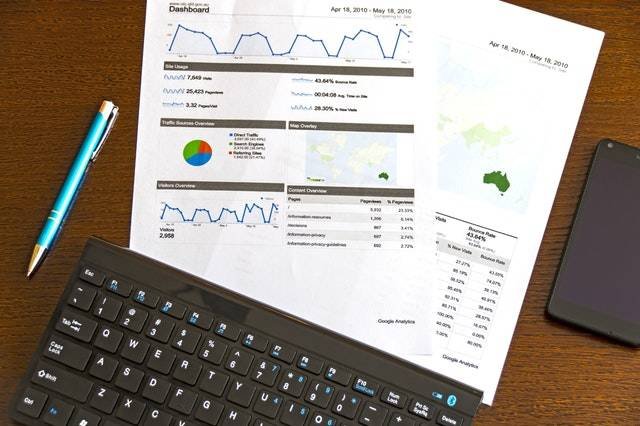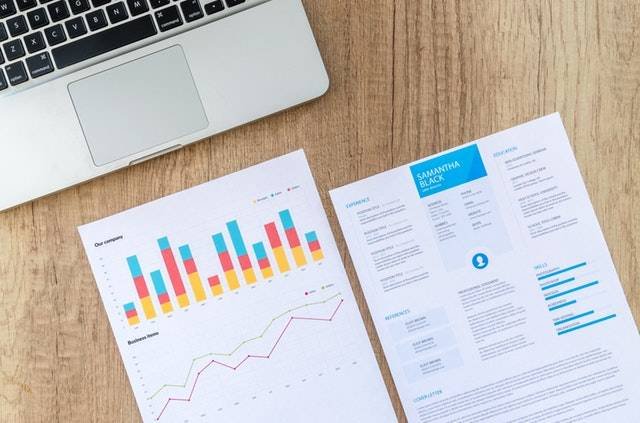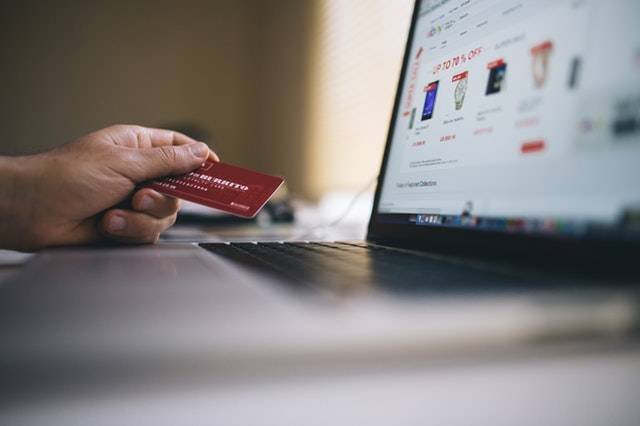Very few Kenyans know how the KPLC tokens are charged. That is why we have this guide for you.
Some have even taken to KPLC complaining of receiving a different number of units despite purchasing the units using the same amount of money.
If you are among those Kenyans who wonder how KPLC tokens are charged, then you’ll find this article useful.
First of all, KPLC has categorized its customers under two categories: Domestic ordinary, those who spend more than 100 units per month, and Domestic lifeline, those who don’t.
Equally, it has categorized the charges per unit as Ksh 22.80 and Ksh15.80, respectively.
But this is not the cost of units in Kenya because other factors alter the charges.
These factors are as follows:
Fuel Cost Charge For KPLC Tokens
The cost incurred during the production of electricity alters the charges of tokens.
The cost varies every month based on the cost of fuel and quantity of thermal generation.
When the fuel cost increases, thus the token charges include and vice versa.
KPLC Tokens Are Charged For Inflation Adjustment
The inflation, which varies according to the cost of supply internationally and domestically, also affects the charges of tokens.
The change in inflation influences the token charges after six months.
Forex Adjustment
How the Kenyan shillings perform against other foreign currencies also determines the charges of the KPLC token.
If the Kenyan currency is performing well, then the charges are on the lower end, and when it is losing value, the charges increase due to this factor.
EPRA Levy
EPRA, which is mandated to regulate fuel prices, imposes a levy on fuel, and then the levy increase or decrease affects the charges of tokens or electricity.
KPLC Tokens Charges Include VAT
The VAT, which the government and parliament regulate, also affects the token charges.
The VAT is always imposed on Consumption, Fuel Cost Charge, and Forex Adjustment.
WARMA Levy
The WARMA also charges a levy for they are responsible for maintaining the water used in the production of electricity.
In most cases, the WARMA and EPRA levies are combined.
REP Levy
The government of Kenya came up with a rural electrification project and imposed a 5% levy to sustain it.
If these factors change, so do the charges of tokens.
Mostly the government is in control of these factors except the inflation and Forex Adjustment factor.
For this reason, the government can sometimes reduce the cost of electricity and other times increase the cost because they are in control of these factors.
This simple and easy article Was Last Updated on by Editorial Team
Please you wish to visit this post “https://thebusinessalert.com/how-kplc-tokens-are-charged/” ocassionally for changes and updates that we will make to this article.
Check this ultimate guide: https://thebusinessalert.com/sunlearn-student-portal-login/
In the year 2022, we bring you the best of banking and money transfer experience. Just stay tuned for more articles.
Check this ultimate guide: https://thebusinessalert.com/irs-code-290/
Here is the main list of our latest guides for May 2022, check them:
- Honeywell Home RTH6580WF Wi-Fi 7-Day Programmable Thermostat
- Bereal App Download, Install Bereal App On Your Phone
- How To Unfriend Someone On Bereal, Unfollow On Bereal
- Is Bereal Down, No, But, Here Is A Fix
- How To Post on Bereal Late, Post Later On Bereal
- Bereal Screenshot, Take A Screenshot On Bereal
- How To Take A Bereal, Follow These Steps
- What Is A Bereal App, Find Out How It Works
- How Does Bereal Work, Get Full Details Below
- How To Post A Bereal, Step-By-Step Guide






